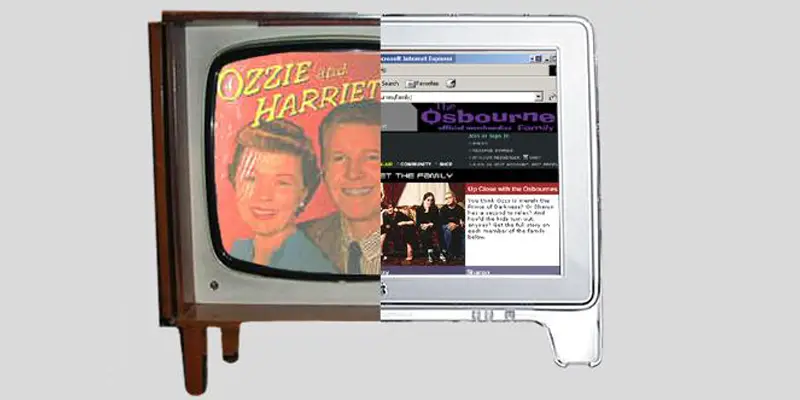The main idea behind development communication theory is media for development of people in a nation or to help the target population. Communication seeks to serve the people without manipulation and encourage genuine response.
There is no propaganda as ulterior motive of communication. Communication is to develop Conscientization or critical consciousness which can be about self-responsibility, social conscience and self-determination for right judgments and for social communication. The theory was used for social change.

Explanation of Development Communication Theory
Development used to be taken as bridging the disparity between the so-called 1st world and the 3rd world countries before the 20th century. Development was believed to be the process which made the third world countries follow the first world countries/ western countries, which were considered to be fully developed.
The under-developed countries had to follow their kind of political and economic systems, like heavy industries, capital intensive technology, etc. All other countries had to replicate a single form of development process which was practiced in some specific countries.
Thus, development was linked with Westernization. Development communication was at first based on the developmental theory of westernization but later had its own basis in the developmental theory of modernization (1950s).
The definition of development communication has been evolving with time from considering people as audiences who were to be influenced (one way) and the process rooted in the SMCR model. The unilateral communication flow was criticized for cultural imperialism. The socially engineered messages were disseminated for a propaganda to control the culture of the poor countries by glorifying the conditions of the rich nations.
The theory focused on passive audience which was not participatory. This gave the notion that development was being, like the developed countries, one way influence. After that, the aspect of feedback was added.
Then, communication was said to be horizontal. Today, development communication is about working for local development and creating opportunities. Its objective is to uplift the quality of life of people not only economically but also socially, culturally, politically, etc. by using the tools of development communication.
The theory later became known for its use in the developing and under developed countries. The concept of participation was later added which paved the way for model to be used for social change, development communication and democratic-participant communication theory.
“Interpersonal communication as the base for participation of communities in their liberation from the unjust structures of their societies was part of this radical rethinking of communication—and eventually in how communication for social change might be defined”
– McAnany, 2012
Development communications process can be adjusted according to the needs, which improves the program as a learning process, as the concept of development communication is continuously evolving. Development of different digital technologies have made the concept broader and more participatory.
The implementation of this theory plays an important role in the overall development of a country. If done for international development projects, the communication process becomes a catalyst for the project to be successful.
[Related Reading: Helical Model of Communication]
Major Features of Development Communication Theory
- Development roles and objectives
- To help people
- No manipulation or propaganda
- Generates genuine response from the audience
- Used to develop critical consciousness
- Self-responsibility and self-determination
- Two way communication flow
- Uses development communication tools
Examples of Development Communication Theory
The reports and brochures of international development projects along with the Information Education Communication and Behavioral Change Communication materials can be taken as the examples of development communication tools. The posters, brochures, documentaries, etc. used for development projects like awareness in rural areas are development communication tools.
Strengths of Development Communication Theory
- Specified tools for communication makes communication effective.
- Helps in international development projects.
- Participation in communication media makes it inclusive.
Weaknesses of Development Communication Theory
- It enforces westernization more than modernization.
- Cultural hegemony is occurred through development communication implementation.
